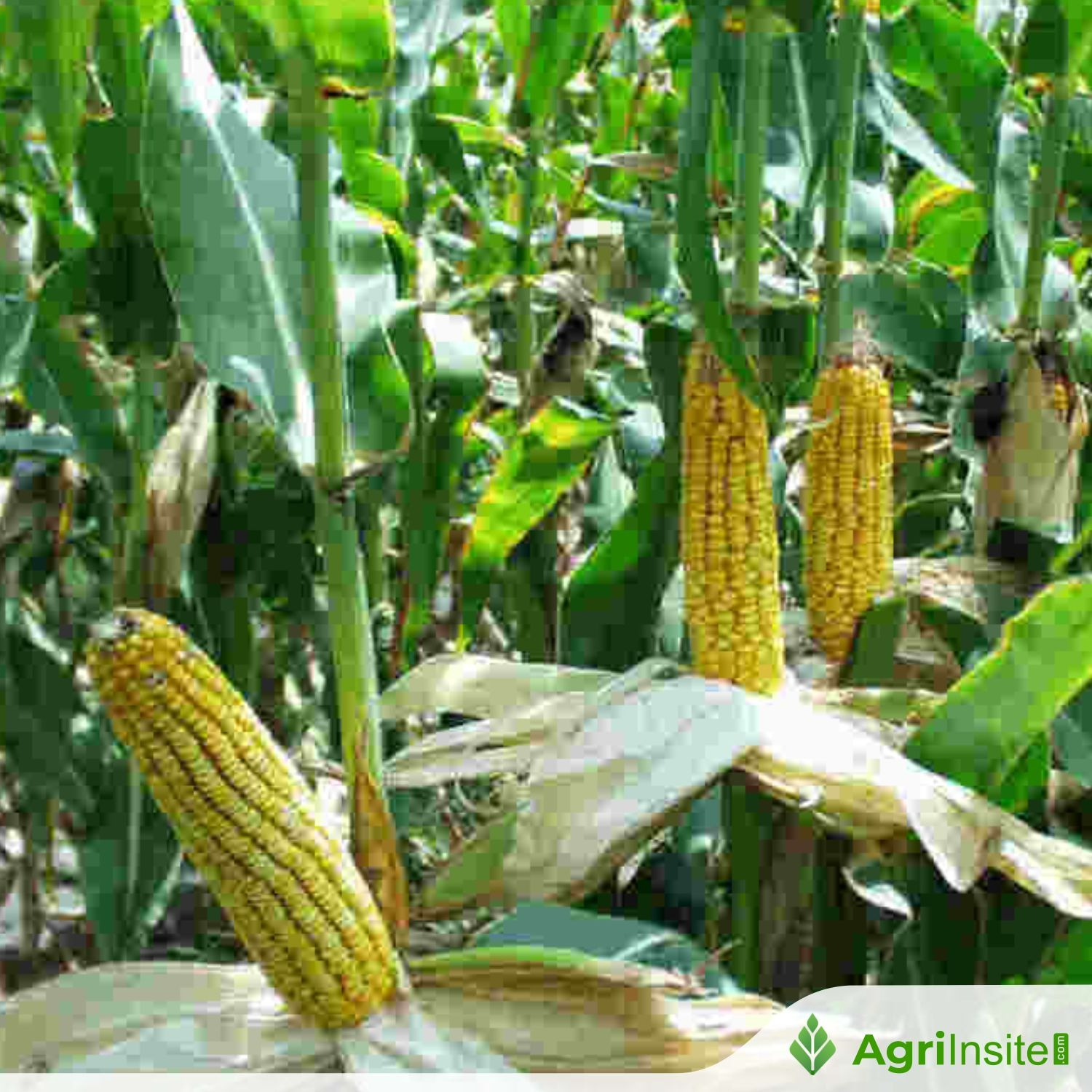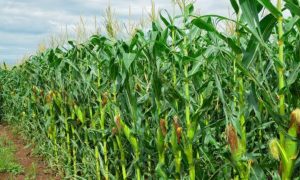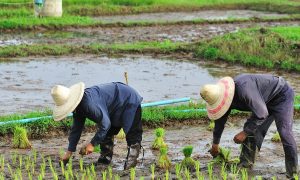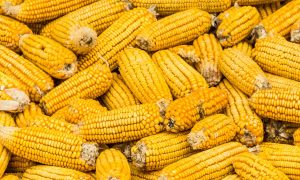Zim on threshold of another bumper harvest

Zimbabwe’s second Crop, Livestock and Fisheries Assessment (CLAFA2) shows a rise in maize and grain cultivation, driven by above-normal rains. With 65% of maize at physiological maturity, a bumper harvest is expected. While tobacco and fish production declined, the livestock and dairy sectors showed resilience. Government schemes continue to boost rural livelihoods and food security.
THE second round of the Crop, Livestock and Fisheries Assessment (CLAFA2) is underway, revealing a surge in the cultivation of essential food crops as Zimbabwe positions itself for enhanced food security.
With the 2024-2025 season characterised by normal to above-normal rains, the country is poised for a bumper harvest.
Recent assessments indicate a marked increase in the area under maize and traditional grains for the 2024-2025 summer cropping season, surpassing set targets aimed at boosting food security and replenishing national grain reserves.
The second round of the Crop, Livestock and Fisheries Assessment, conducted by agriculture business advisers (ABAs) across 1 600 wards nationwide, is crucial for gauging food security and informing agricultural policies.
Data collection began last week, following the customisation of assessment tools from March 15 to March 27.
Acting chief director of Agriculture and Rural Advisory Services (ARDAS), Mr Leonard Munamati, said the final report is expected next week.
“We have already trained the ABAs (agriculture business advisers) who are collecting data,” he said.
“The condition of crops is generally good and fair across provinces.
“It is game on; we are expecting a good bumper harvest following the good rains.”
According to the recent ARDAS report, 65 percent of the maize crop is at the physiological maturity stage, with early-planted maize already in the hard dough stage.
Harvesting has commenced for early-planted maize, while 20 percent of late-planted maize is at the reproductive stage.
The area under maize has increased by 5,4 percent from the previous season, exceeding the target of 1,8 million hectares.
Zimbabwe requires 2,2 million tonnes of maize annually, with 1,8 million tonnes for human consumption and 400 000 tonnes for livestock feed.
Improved rainfall in late 2024 and early 2025 has contributed to favourable crop conditions.
Tobacco reaping and curing are also underway, with farmers earning US$143,3 million from the sale of 41,6 million kilogrammes of flue-cured tobacco so far.
However, this is lower than the previous year, when farmers sold 56,7 million kilogrammes valued at US$200,4 million. The average price on day 22 of the marketing season was US$3,43 per kg, down from US$3,53 the previous year.
The horticulture sub-sector has seen slow growth due to the El Niño-related drought aecting irrigation, though some sectors, like blueberries and oranges, have increased.
The total area planted under horticulture has marginally increased from 11,952 hectares to 11,957 hectares.
On a positive note, the livestock sub-sector has shown resilience, with a slight increase in the national beef cattle herd and growth in the dairy herd, resulting in a 15 percent rise in raw milk production.
The national beef cattle herd grew from 5 718 523 in 2023 to 5 741 397 in 2024, while the dairy herd increased by 8,7 percent.
Government is actively working to expand its fisheries sector through the Presidential Community Fisheries Scheme, distributing over 2 million free tilapia fingerlings nationwide.
However, the fisheries sub-sector has been negatively impacted by the 2023-24 drought, leading to a decrease in total fish production.
Despite these challenges, the Government’s Rural Development 8.0 programme, encompassing eight Presidential interventions, has made strides in improving rural livelihoods.
The Presidential Climate-Proofed Input Scheme reached 3,5 million households, while the Presidential Poultry Scheme gained momentum with the distribution of 751 408 indigenous chicks.
In an interview, Lands, Agriculture, Fisheries, Water and Rural Development Minister, Dr Anxious Masuka, emphasised the importance of adapting to climate-related challenges.
To Read more about Maize News continue reading Agriinsite.com
Source : The Herald
















